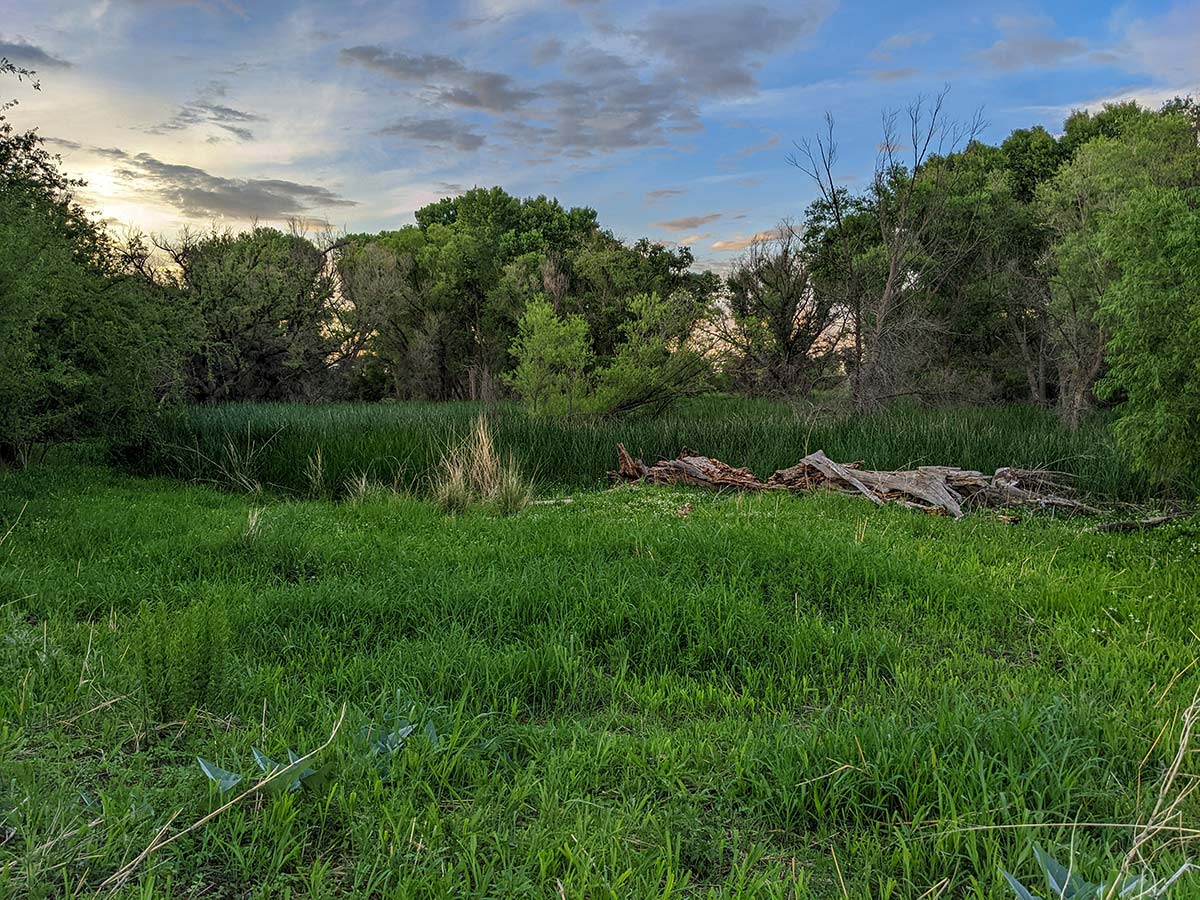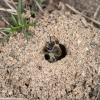The Xerces Society and New Mexico BioPark Society have submitted a petition for the listing of the Southwest spring firefly (Bicellonycha wickershamorum) as an endangered species under the federal Endangered Species Act (ESA). This is the fourth firefly petition submitted by Xerces this spring.

The Southwest spring firefly is a rare and threatened species first described by Dr. Joseph M. Cicero in 1982. Occurring in southern Arizona and Sonora, Mexico, this species has been documented from approximately 27 localities. There are two subspecies: B. w. wickershamorum, which is more widespread and found throughout the Madrean Archipelago ecoregion in both the US and Mexico, and B. w. piceum, which is known from just two sites in Arizona in the Arizona/New Mexico Mountains ecoregion.

Assessed as vulnerable on the IUCN Red List of Threatened Species (a non-regulatory designation separate from the federal Endangered Species Act), B. wickershamorum is the only representative of its genus in the U.S. It is also one of only two flashing firefly species known to occur in Arizona, the other being the Southwest synchronous firefly, Photinus knulli. The Southwest spring firefly is associated with permanent streams and springs. Adults of both sexes flash and are active during the summer, typically from early June through late July, although August occurrences have also been reported.

As a wetland and riparian habitat specialist, the Southwest spring firefly is threatened by drought, disruption of riparian corridors, habitat degradation and direct trampling due to cattle, intrusive recreation, and hydrological modification and groundwater depletion for farming, ranching, residential use, and copper mining. Because adults are active at dusk and into the early evening, it is also threatened by light pollution. The larval stage may be particularly sensitive to environmental change due to restricted dispersal capabilities and vulnerability to desiccation. Researchers predict that the quality of this species’ habitats will continue to decline within its known range due to climate change and associated drought, which can cause further drying of permanent rivers and nearby ephemeral habitats upon which this species depends. More localized threats such as trampling by cattle, water and light pollution, declines in prey species, pesticide use, off-road vehicle use, and other intrusive recreational or tourist activities are also likely drivers of decline, and in fact have already led to the destruction of the B. w. wickershamorum type locality.

ESA listing would protect the Southwest spring firefly by addressing these threats and ensuring regulatory mechanisms—which are currently lacking—are in place to protect the species. Federal protection is especially important for critically imperiled species in the state of Arizona. While state wildlife agencies can play a large role in wildlife conservation, the Arizona Fish and Game Department (AZFGD) does not have management authority over insects, which means they are unable to address the conservation needs of this species. Furthermore, while the Southwest spring firefly has been recorded from federal lands and protected areas, no species-specific management plans currently exist. The passive protection that may be allotted from these managed areas is insufficient to prevent the species from going extinct, especially in light of new and emerging threats such long-term drought, increased demand for limited water sources, increased use and intrusion of off-road vehicles, and increasing light pollution from human expansion.
For More Information
- Read the ESA petition
- View Bicellonycha wickershamorum species profile (note that the distribution sections of this profile are slightly outdated).




